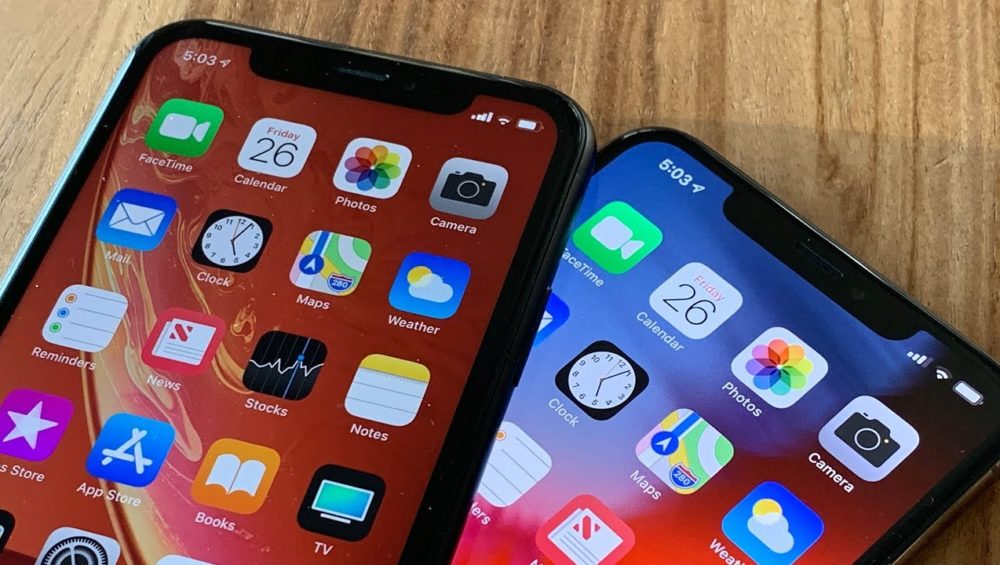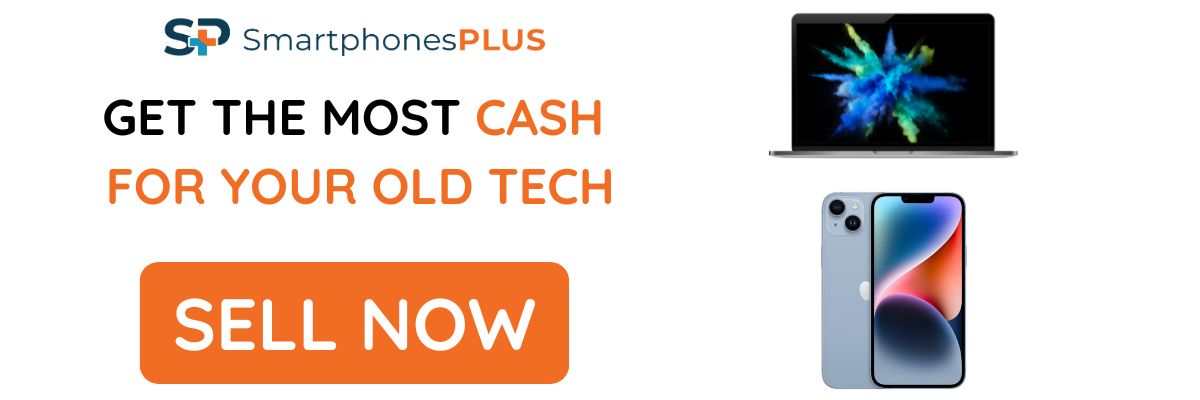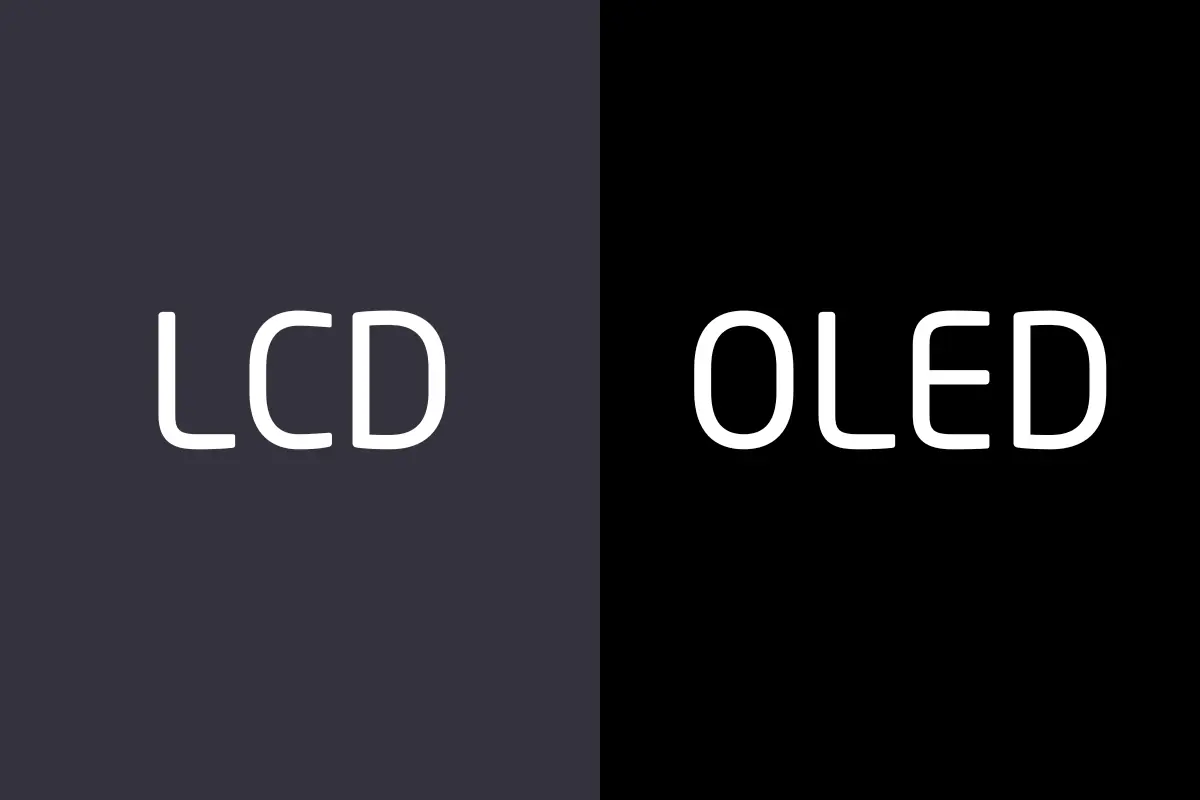LCD vs OLED Phone Screens
If you are looking for a new phone, need to repair your screen, or just want to know what type of screen your phone has you may have been looking into the difference between LCD and OLED screen. You’ve probably heard of the acronyms LCD and OLED in TVs before, but what are the differences between LCD and OLED screens and what will be best for your phone?
What is an LCD screen?
LCD or Liquid Crystal Display has been the standard for computer, tablet, and phone screens for the past decade. These screens offer great brightness, high definition, and are becoming relatively inexpensive. We tend to see LCD screens on the less expensive cell phone models, today. LCD screens can have great HD quality and have good performance in direct sunlight but tend to be more inefficient when it comes to power consumption compared to an OLED screen.
What is an OLED screen?
Over the past few years, many companies have been switching to newer screen technology: OLED displays. OLED, which stands for organic light-emitting diode, is being used on all of the latest flagship devices. They tout amazing contrast of color, they’re lighter and flexible and tend to be more efficient than LCDs. OLED technology is being used for curved edge phones like we see in the Samsung Galaxy, OnePlus phones, and some other Android brands. OLEDs have also been used in folding smartphone displays like the Samsung Galaxy Z Fold and Flip line up, the Motorola razr smart flip phone, and the Google Pixel Fold phones.
Which phones have OLED screens?
OLED displays are being used by Apple in their newer, higher-end iPhones and iPads. The iPhone Pro series devices usually will come with OLED displays. Samsung flagship lineups like the Galaxy S, Galaxy Z Fold and Flip, and even the older Note Series have OLED displays as the standard on all recent devices. The following popular phone brands also use OLED displays in many of their newer phones: OnePlus, Huawei, Motorola, and LG. Many times you’ll see higher end devices touting an AMOLED or Super AMOLED display, these are specific types of high quality OLED displays. To find out if a specific model uses an OLED display you can search for its specifications on the manufacturer’s website or on GSMArena.
Which phones have LCD screens?
The iPhone 11, iPhone XR, and iPhone SE 1st – 3rd Generations still use LCD displays as well as all other iPhones that came before the X series including the iPhone 8, iPhone 8 Plus, iPhone 7, iPhone 7 Plus, iPhone 6s, and so on. Basically, any iPhone with a Home Button will have a LCD screen on it. Older LG and Motorola phones like the LG G7 ThinQ, LG G6, Moto E5, and Moto E6 all have LCD displays as well. Most flagship phones these days will come with OLED displays because they are the highest quality and the best for battery efficiency.
OLED vs LCD for battery life
OLED and LCD screens have different impacts on battery life, with OLED screens being the clear winner in terms of battery efficiency. The key difference lies in how the pixels function. In OLED displays, each individual pixel emits its own light, meaning that when displaying darker colors or black, the pixels can actually turn off entirely. This results in deeper blacks, increased contrast, and significant energy savings. On the other hand, LCD screens rely on a backlight to light up the entire display, regardless of the image being shown. As a result, even when displaying black, an LCD screen can only achieve a very dark gray, which consumes more energy. You can view this difference in the image above. This fundamental difference makes OLED screens much more power-efficient, especially when displaying content with darker themes or high contrast.
It is important to note that just because a phone has an OLED screen, that does not automatically mean it has better battery life than a similar phone with an LCD screen. There are many other factors that go into battery life, like processor, screen size, and battery capacity.
Which screen should I get for my phone OLED vs LCD?
If you are getting a new phone, we would recommend getting a phone with an OLED display if you value having the top-of-the-line features. However modern phones with an LCD display are still really good and can be much easier on your budget. If you’re considering buying a phone but find it’s out of your budget, consider looking at refurbished phone options instead. It also depends how you will be using your phone. OLED screens are more susceptible to issues like screen burn, which can result from showing the same image on your screen for an extended period of time. Phones with LCD screens are usually cheaper overall including their repair costs. So, if you’re someone that will likely drop and break their phone an LCD screen might be the best option if you’re looking to save money in the long run.
If you’re looking into LCD vs OLED screens for gaming, then it is 100% recommend going with an OLED display. This way, you can take advantage of the higher contrast ratios, more vibrant colors, and higher overall image quality. Most high-end gaming phones and displays will come with OLED displays as they are the best for gamers.
When getting your device repaired, it is a good idea to use the display type that was originally installed on your phone. For example, if you have a Pro series iPhone, which come with OLED displays, ideally, you will want to get an OLED replacement. This will keep your phone running as efficiently as possible. If you need a more economical solution it is sometimes possible to get an LCD replacement, but keep in mind that it can drain your battery faster and may not have the same color contrast and may not be optimized for your phone.
How can I tell if I have an LCD or OLED screen?
One of the easiest ways to determine which display type you have is to go to a true black screen – you can search for this on Google Images. If your display type is LCD your pixels will still be displaying a dark gray light. If you have an OLED display the screen will be totally black. It is easier to tell when this experiment is performed in a dark room. You can also search GSMArena for your phone and then view its display type within the specifications.
Another way to tell if your phone has an OLED display is by checking if it features a curved-edge or a foldable screen. These innovative screens are made possible by OLED displays, which are flexible and can bend or fold without losing image quality. In contrast, LCD displays are rigid and cannot be curved or folded due to their structure. So, if your device has either of these modern designs, it’s a clear indicator that it likely uses OLED technology.
Can I trade-in a phone with a replacement screen?
In most cases, yes, you can trade-in a repaired iPhone with a non-OEM display on it. There are many different ways to trade in a repaired iPhone including in-person, with your carrier, or through an online trade in company. However, depending on how you choose to trade in your phone, the price may decrease if the display is non-OEM, or is missing any original functionality.










4 thoughts on “What is the Difference Between LCD and OLED Screens?”
[…] there are various display types used in smartphones today, like the LCD, OLED, AMOLED (which is a variation of an OLED display), ultimately the choice comes to what size you like […]
[…] resale value. Samsung screens, in particular, are premium components due to the use of OLED rather than LCD technology. Any cracks, scratches, or screen burn-in significantly diminish the device’s worth. For […]
[…] 8 screen because the former has a more advanced screen technology. Many newer phones will use OLED technology vs LCD technology in older […]
[…] 8 screen because the former has a more advanced screen technology. Many newer phones will use OLED technology vs LCD technology in older […]